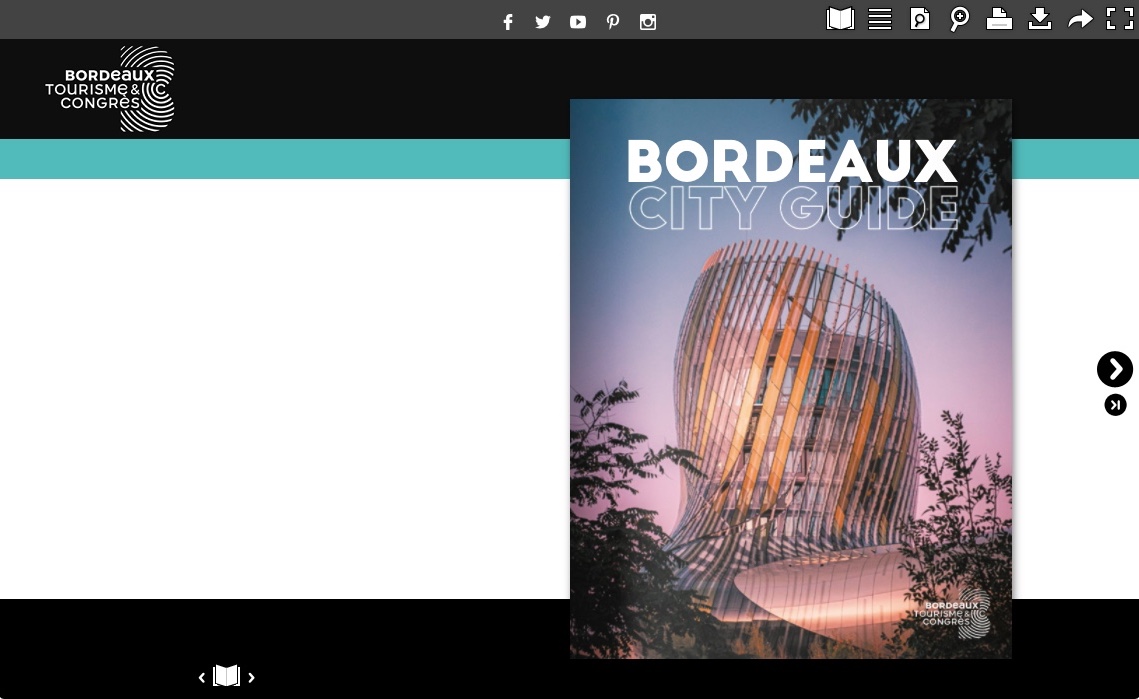Brand identity represents your brand to the world. Who are you? What do you offer? Why do you do what you do? What are your values? From the logo to the latest post on Facebook, every element that comes from the brand contributes to building its identity.
So you can imagine how important brand identity is! To understand it even better, here are 5 great reasons to define your brand identity:
1. To differentiate the brand
With a well-defined brand identity, there is no risk of being confused with your competitors or mistaking your industry or line of business. Your voice is unique and all your content and products are recognizable.
🔎 READ: Create unique digital publications in 3 steps
2. To stay consistent
If you define your identity well, it will remain consistent across all channels. All your company’s strategies will inevitably abide by the brand identity. For example, if one of your company’s values is respecting the environment, everything must be executed with this value in mind: from the style guide, to speeches, to every new product that is created. Everything will reflect this value and therefore the identity of your brand.
3. For a positive brand image
In order for the public to have a positive image of your brand, they need to understand your brand and its mission. This way, they can feel an attachment to your brand. With a strong identity, carefully considered and executed, their opinion will be positive!
🔎 READ: What is the difference between brand identity and brand image?
4. To increase brand awareness
The more recognizable your content and products are, the more the public will recognize them and become aware of your brand. That’s what we call brand awareness. And the more well-known you are, the better!
5. For more sales
As a direct result of our previous point, you will inevitably make more sales. If more people know about your brand, that means there are more potential buyers out there. These consumers are more likely to become ambassadors and tell others about your brand who will also buy. It’s that simple!
In conclusion…
Defining your brand identity is a great idea. Don’t be afraid to spend a long time on it so that you can be sure that it corresponds to your company and the message that you want to convey to the world.







